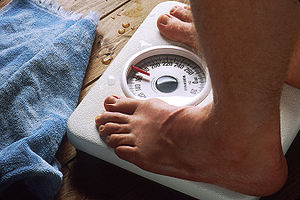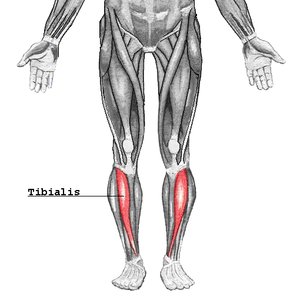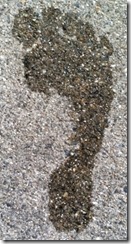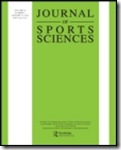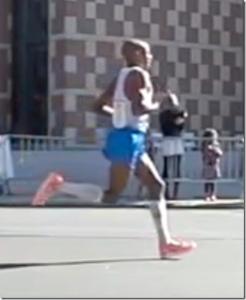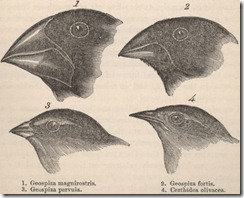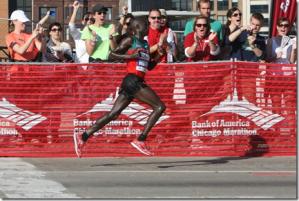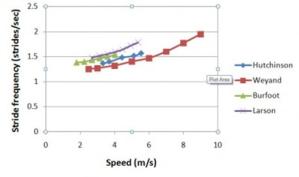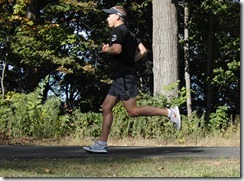Weight and height are used in computing body mass index, an indicator of risk for developing obesity-associated diseases. (Photo credit: Wikipedia) An oft repeated response to the statement that running injuries continue to occur at very high levels despite “improved” quality of running shoes over the past several decades goes something like this: “Well, shoes […]
Heavier Runners Less Likely to Get Injured?: Marathon Study Shows that Higher BMI Is Not Linked to Increased Risk of Lower Extremity Injury
Slow Motion Running Foot Strike Video from the CPC Loop Den Haag Half Marathon in the Netherlands
Jacky Ledeboer, a phsyiotherapist from the Netherlands, recently alerted me to a video she shot at the CPC Loop Den Hague half marathon in the Netherlands. The video, posted on her YouTube channel, is shot at 210 frames per second and provides a great sample of the variation in foot strike patterns seen among fast […]
Is Forefoot Running a “Cure” for Chronic Anterior Compartment Syndrome?
(Photo credit: Wikipedia) We’ve all been waiting for data to trickle out regarding actual outcomes from studies that have employed gait modification for the treatment of specific running injuries. Those data are now starting to appear. A group led by Major Angela Diebal from Keller Army Community Hospital in West Point, NY just released a […]
Application of the “Wet Test” and Static Arch Height for Assigning Running Shoes: Nails in the Coffin
If you wear running shoes, it’s fairly likely that you are familiar with the so-called “wet-test.” The basic procedure is that if you wet the sole of your bare foot and stand on an absorbent surface like dry concrete or a paper bag, the imprint of your foot will reveal something about your arch height […]
Journal Article: Foot strike patterns of recreational and sub-elite runners in a long-distance road race
Just a quick post to announce that my first academic paper on running-related research has been published in the Journal of Sports Sciences – the title is “Foot strike patterns of recreational and sub-elite runners in a long-distance road race.” The research in this paper is based on film that seven of my former undergraduate […]
Meb Keflezighi’s Running Form in Slow Motion: Boston 2010, NYC 2010, and NYC 2011
Last Sunday, Meb Keflezighi ran the 2011 NYC Marathon and finished in sixth place with a personal best time of 2:09:13. Much has been made lately of Meb’s decision to sign a sponsorship deal with Skechers, and NYC was his first marathon with Skechers shoes on his feet. In the video below, Meb indicates that […]
The Role of Anecdote vs. Scientific Evidence the Running Form and Footwear Debate
In my previous post I shared my thoughts on the current debate about running form and footwear – that post was triggered by reading the comments related to Christopher McDougall’s recent article in the New York Times Magazine. A number of commenters criticized McDougall for basing his article off of a few individual anecdotes (his […]
On Human Variability, Running Shoes, and Running Form: The Importance of an Individualized Approach
I open this post with an illustration of the Galapagos Finches and their variable beak anatomy (illustration by John Gould) – my reason is to emphasize a point. As an evolutionary biologist, I’ve spent much of my life studying anatomical variation, and I think it’s sometimes easy to forget that we humans are animals just […]
Moses Mosop Bounces on his Forefeet and Floats Through the Air to Win the Chicago Marathon!
I’ve received a few comments regarding Chicago Marathon winner Moses Mosop’s unique running style – the race was held on Sunday, and Mosop won with a course-record time of 2:05:37. Last night I received an email from Amby Burfoot, who had forwarded a photo of Mosop taken near the finish line at Chicago. The photo […]
Vibram Fivefingers, Barefoot Running, Shoes, Heel Strikes, Loading Rates, and Injury Risk: My Giant Brain Dump
The American Council on Exercise (ACE) has been taking the shoe industry to task recently. Several months ago they put toning shoes to the test, finding that claims of increased muscle usage and calorie burn are not substantiated when tested in the laboratory. Here’s an excerpt from the ACE toning shoe study: “Across the board, […]
More On Running Cadence: Comparative Data from Amby Burfoot and Alex Hutchinson
In my previous post I provided some data on how my own stride rate and stride length vary with running speed. In that post I referenced another article on running cadence by Alex Hutchinson – I sent Alex my data, and he went ahead and added it to a graph that he had compiled showing […]
Running Speed: Human Variability and The Importance of Both Cadence and Stride Length
Over the past week a few posts have popped up on blogs that I frequent regarding the topic of running cadence/stride rate. First, Alex Hutchinson at Sweat Science put up a post titled “The problem with 180 strides per minute: some personal data.” In his post Alex shares some personal data on cadence, and emphasizes […]

